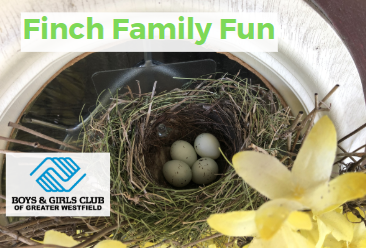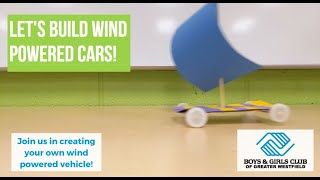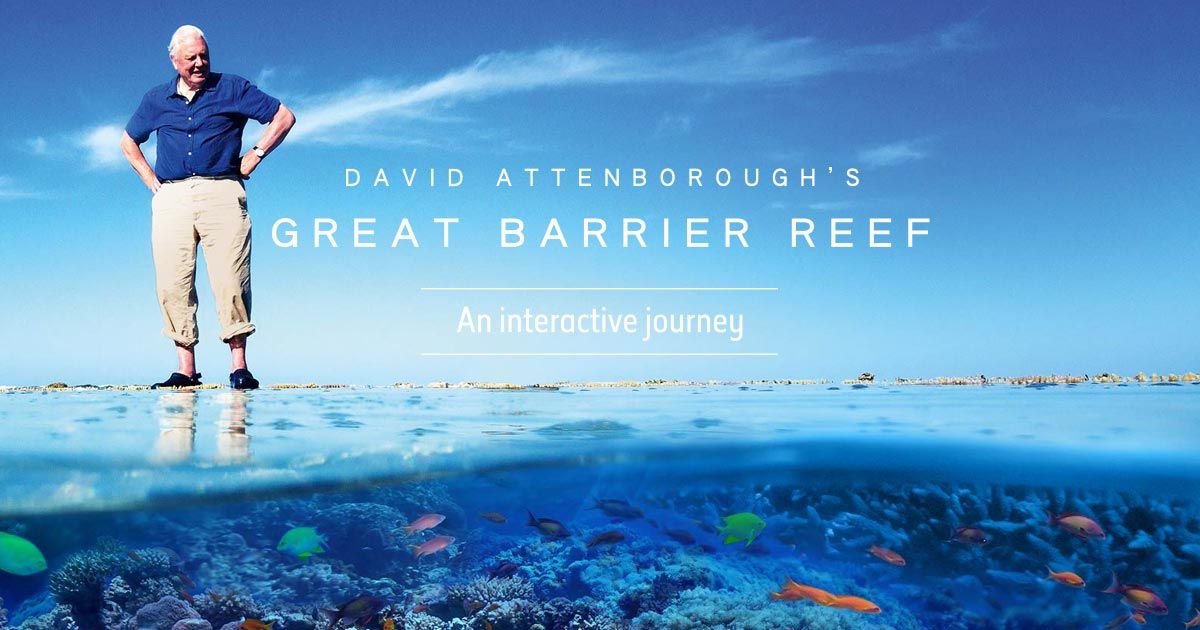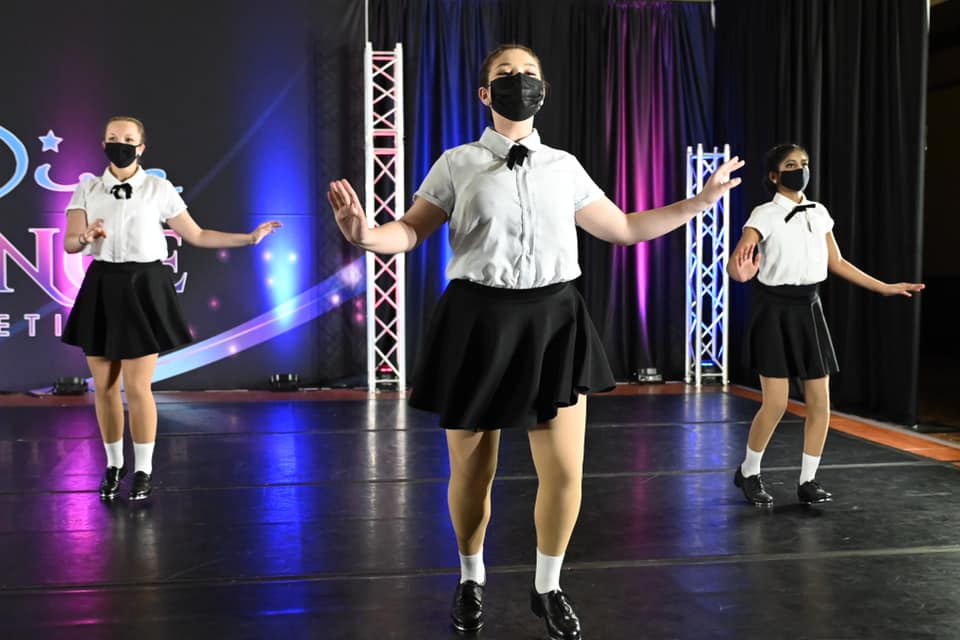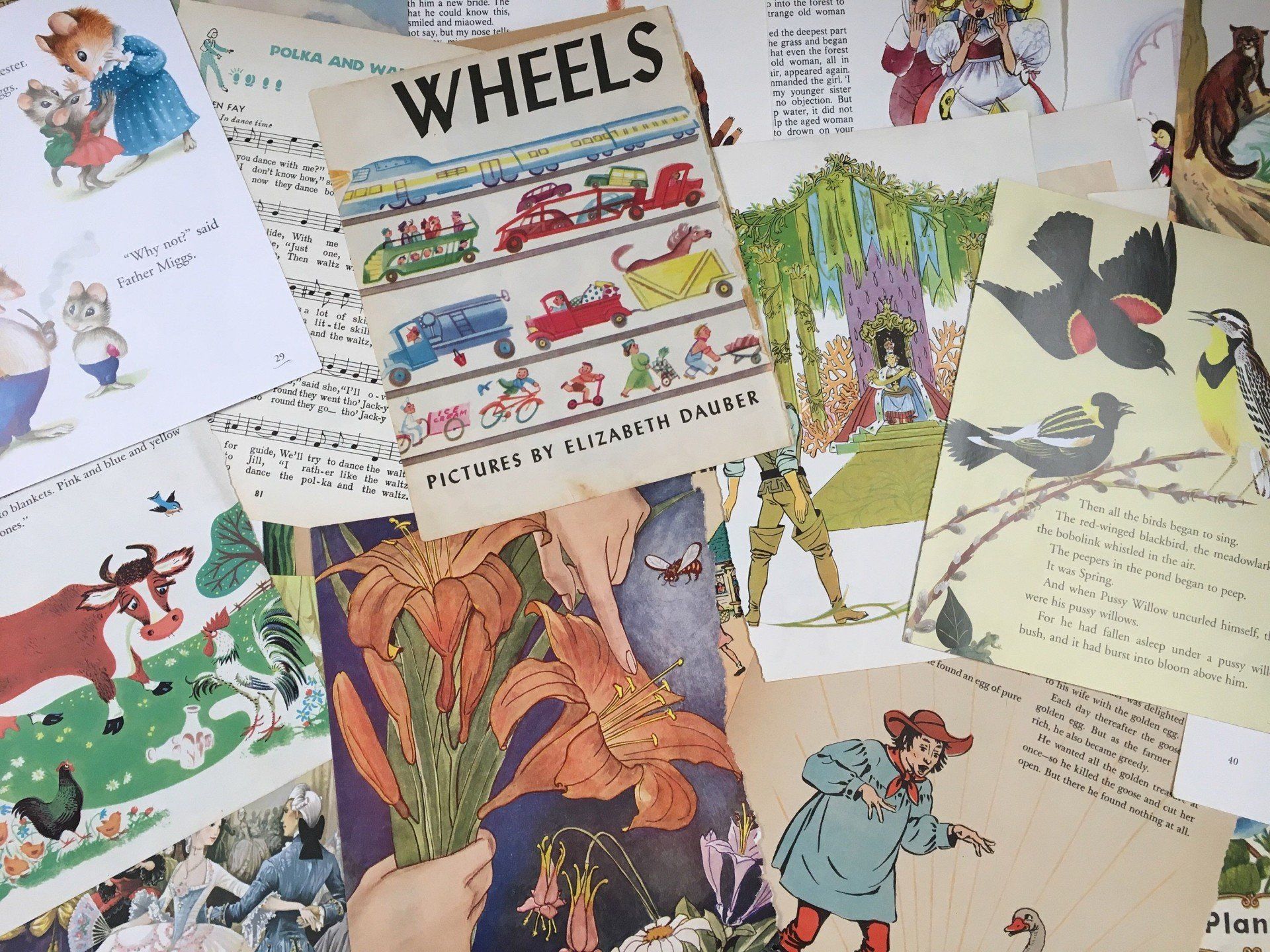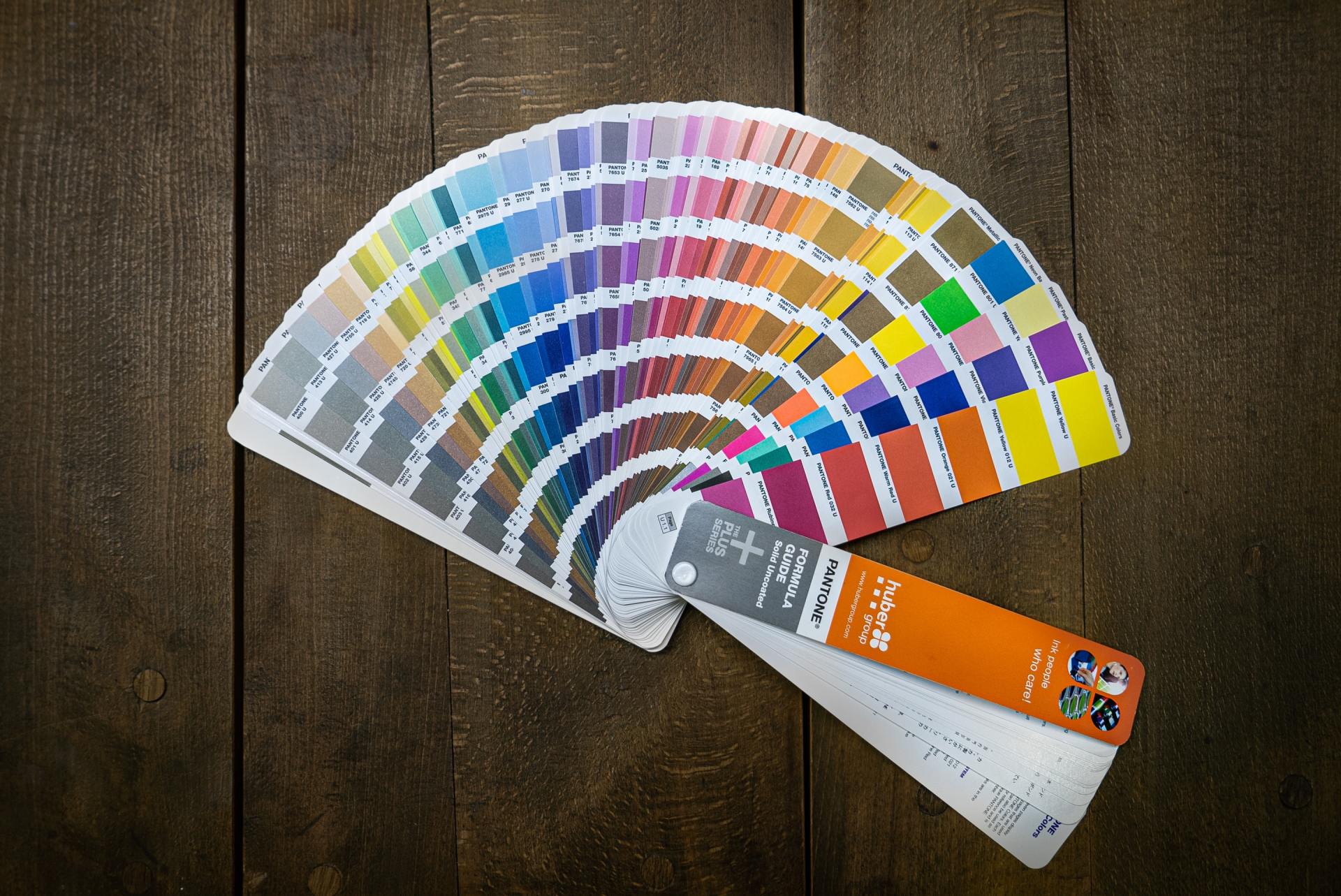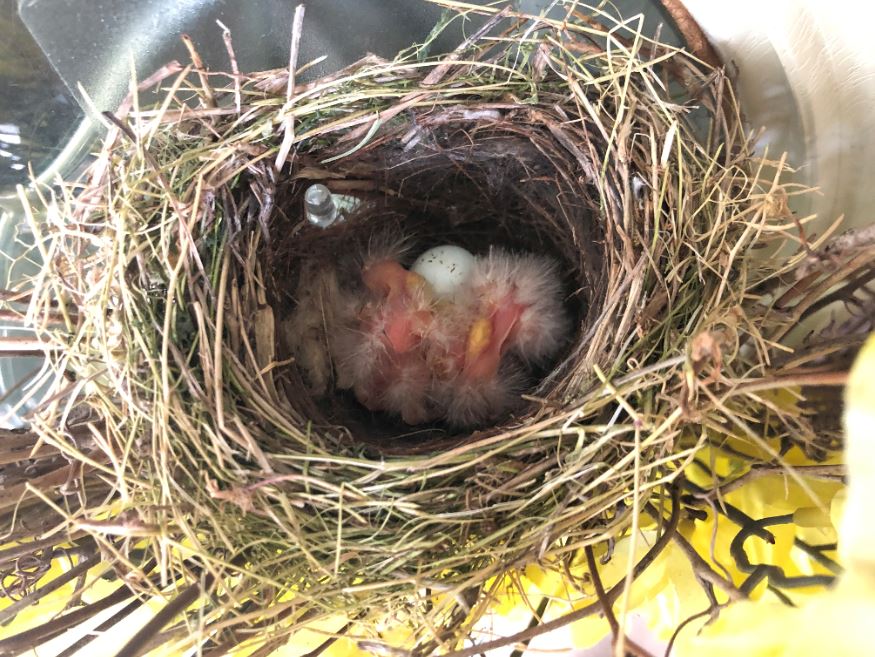Education Room Connection 32
Hannah, Education Director • June 10, 2020
A Message from our Education Director, Hannah...
Hi all!
This week is World’s Oceans Week! Check out some cool activities that you can do online to celebrate!
Also, Miss Ashely found a Finch Nest outside her front door! Check out some cool footage of the newest members of the family!
Enjoy and be safe!
Hannah

Job Opening: Maintenance Worker The Boys & Girls Club of Greater Westfield is seeking an experienced Maintenance Worker to join our team and help maintain our 60,000+ square-foot facility. Position open immediately. Salary will be negotiated. Can work full or part time. General Duties (Includes but not limited to): • Perform minor fixes, such as repairing broken locks, damage to walls, etc. • Install necessary appliances and equipment as needed • Maintain grounds, including garden and yard upkeep, trimming, edging, mowing lawn, collecting trash, snow-blowing doors and sidewalks, etc. • Perform necessary cleaning activities such as dusting, mopping, trash removal, etc. (There is a nightly cleaning service for the overall building) • Maintain equipment paperwork and organize/coordinate tools • Supervise and assist outside workers • Maintain all Club vehicles (Oil Changes, etc.) • Make general repairs for building and program equipment Requirements: • Must be 18 years of age or older with a current driver’s license and able to pass a background record check • Must have or be willing to obtain a 7D license or school bus license (Paid for by the Boys & Girls Club) • Must be able to lift up to 75 pounds • Must be able to operate maintenance equipment • Mechanical, electrical, plumbing, and carpentry knowledge preferred Contact CEO Bill Parks at 413-562-2301 to apply
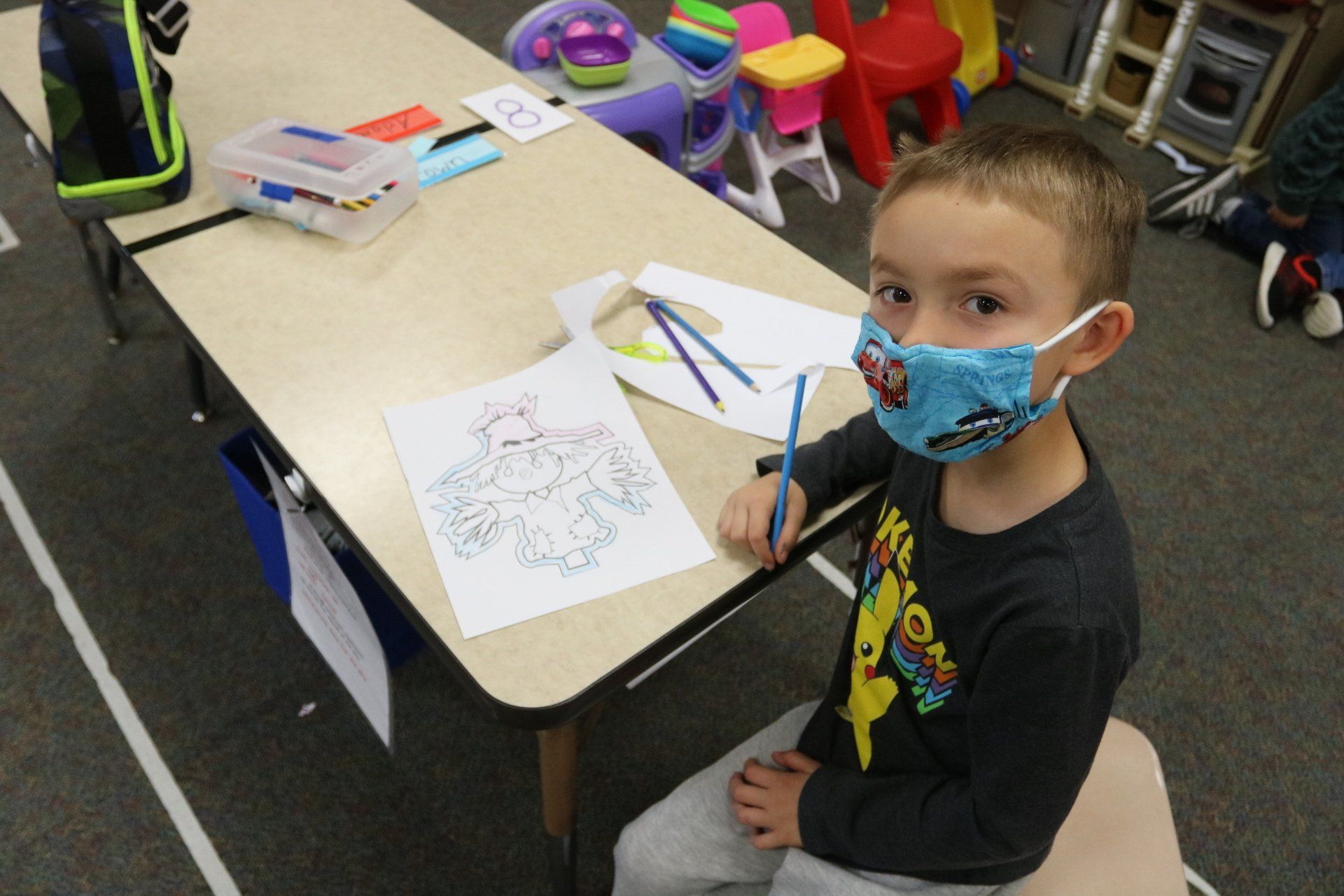
We are so excited to welcome our Kidz Klub members back with a brand new, state of the art facility designed to make learning fun! Our before-school program provides transportation to the schools listed on our Before School page, and includes a healthy breakfast to help your child start the school day with the energy they need to shine. Our after-school child care program helps to extend learning beyond the school day with homework help, outdoor activities, STEAM mentoring, and more! For more information, click the links below.

It's time to get back out there and run/walk the Westfield Half Marathon/10k/5k! Join us on Saturday, September 11th at 10:30am for A Run to Remember as we commemorate the 20 year anniversary of 9/11/2001. This event has something for everyone of all athletic abilities, and all proceeds benefit the essential services and programs provided by the Boys & Girls Club of Greater Westfield. Walkers are welcome!

Applying for part-time work at the Boys & Girls Club is as simple as sending in your resume! We are hiring for the following positions: After School Licensed Child Care workers for youth ages 5-12 Assistant Games Room Supervisor Gymnasium Assistant Art Studio Assistant Lifeguards Technology Assistant for youth ages 9 & Up Before School assistants (7:30 am - 9:30 am) Hours would range from 2:00pm to 6:00pm. Before School hours are 7:30am to 9:30am. ALL positions are available Monday through Friday. Applicants must be 18 years of age and able to pass a background records check. Please send resume to: Kellie Brown, Chief Operating Officer at Kbrown @bgcwestfield.org

